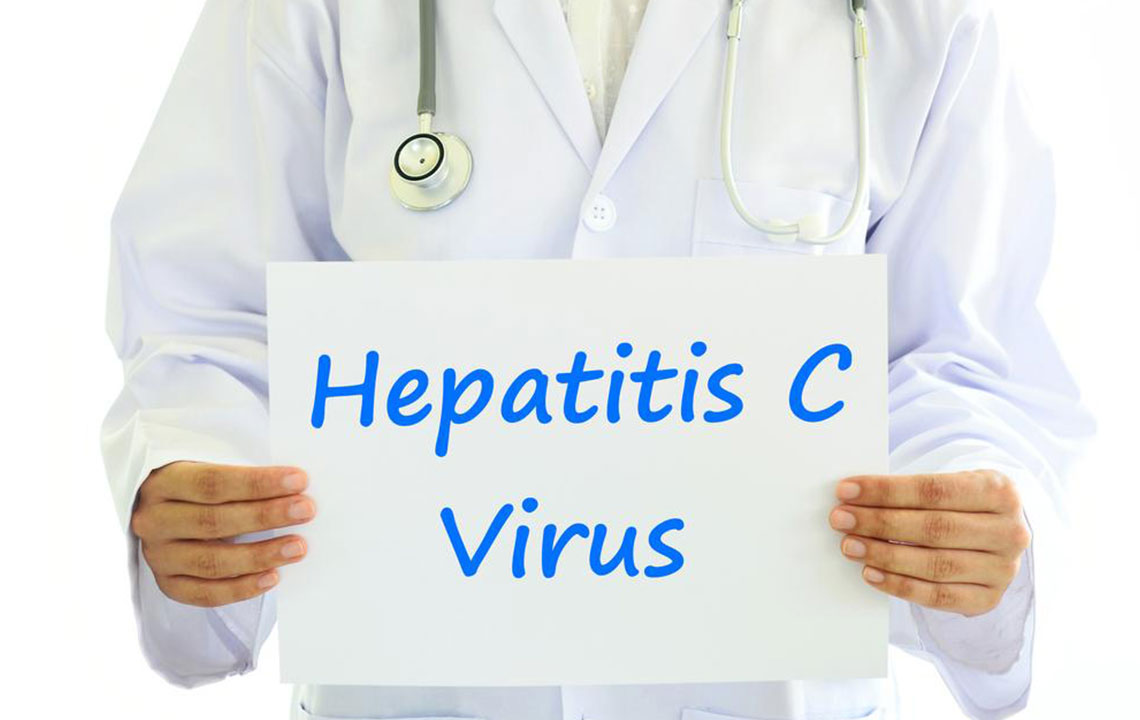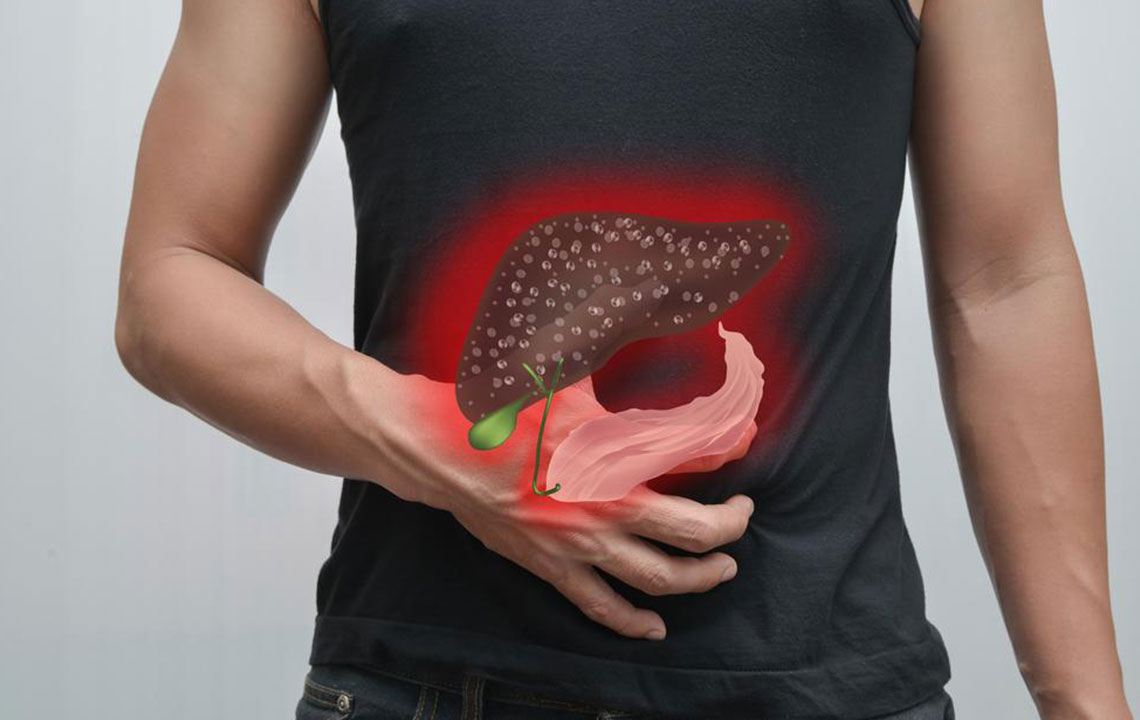Hepatitis C: An Often Hidden Threat to Liver Health and Well-being
Hepatitis C is a silent but serious liver threat that can cause severe damage if left undiagnosed. Most infected individuals remain asymptomatic, making early detection crucial. Modern antiviral treatments offer high cure rates, but awareness and routine screening are essential to prevent long-term complications like cirrhosis and liver cancer. This comprehensive guide discusses transmission routes, symptoms, diagnosis, treatment options, and prevention strategies for Hepatitis C, emphasizing the importance of early intervention to protect liver health globally. Stay informed to safeguard your health against this hidden threat.

Hepatitis C: An Often Hidden Threat to Liver Health and Well-being
Hepatitis C remains one of the most serious public health challenges worldwide, responsible for a significant proportion of liver-related illnesses and fatalities. According to the World Health Organization, Hepatitis C accounts for roughly 80% of deaths caused by liver cancer and other severe liver diseases, claiming nearly 1 million lives annually across the globe. In the United States alone, an estimated 3 million individuals are living with the infection, many of whom remain undiagnosed for years. The insidious nature of Hepatitis C lies in its ability to silently damage the liver for long periods before any symptoms manifest, making early detection and treatment essential components of effective management.
Hepatitis C is caused by the hepatitis C virus (HCV), a bloodborne pathogen primarily transmitted through exposure to contaminated blood. Common routes of transmission include sharing of needles among intravenous drug users, transfusions of unscreened blood, and the use of contaminated medical equipment. Despite being primarily linked to blood exposure, cases of transmission via other routes, such as sexual contact or from mother to child during childbirth, are relatively rare but still possible. The virus does not spread via casual contact, sharing utensils, water, or breastfeeding, which helps clarify the specific precautions needed to prevent infection.
For many people, infection with HCV remains unnoticed because symptoms are often mild or nonspecific, appearing only weeks to months after exposure. When symptoms do occur, they may include fever, fatigue, abdominal discomfort, nausea, jaundice (yellowing of the skin and eyes), and joint aches—symptoms that can easily be mistaken for less serious illnesses. This symptom overlap makes detection challenging without targeted testing, especially since many infected individuals experience no symptoms and remain unaware of their condition.
Most individuals infected with Hepatitis C, approximately 80%, remain asymptomatic during the initial stages of infection. This silent progression allows the virus to continue damaging the liver without symptoms, often for years or even decades. The early phase of infection, known as acute Hepatitis C, is frequently unnoticed because symptoms are mild or absent altogether. Without timely diagnosis and intervention, the infection often transitions into a chronic phase, which can have severe consequences for liver health. Chronic Hepatitis C can result in long-term liver damage, cirrhosis, and an increased risk of liver cancer. It also hampers the immune system's ability to fight other infections, leading to overall decreased health resilience.
Advances in medical research have dramatically improved the outlook for those with Hepatitis C. Modern antiviral therapies are highly effective, often curing the infection with a course of medication lasting just a few months. Early detection through routine screening, especially for high-risk populations, is crucial to prevent progression to advanced liver disease. While the treatment landscape has improved significantly and therapies have become more affordable and accessible, awareness remains the key to early diagnosis and successful management. Regular health check-ups and testing are vital, particularly for individuals with known risk factors such as drug use, previous transfusions, or occupational exposure to blood.
Preventative measures include avoiding sharing needles and other drug paraphernalia, ensuring medical equipment is properly sterilized, and implementing safe blood screening procedures worldwide. Public health campaigns are also essential to educate populations about HCV transmission routes and the importance of testing. Vaccination against hepatitis C is not yet available; however, ongoing research aims to develop effective vaccines in the future. Overall, understanding the nature of Hepatitis C, recognizing the need for early detection, and ensuring access to effective treatments are critical steps in combating this hidden health threat.
In conclusion, Hepatitis C is a largely silent yet profoundly damaging virus that poses a major challenge to global health. Its ability to remain unnoticed during the initial stages makes it a particularly dangerous disease that requires increased awareness, routine screening, and advances in treatment to improve outcomes for millions affected worldwide. Preventive strategies, early diagnosis, and continued research are vital to reducing the burden of this disease and safeguarding liver health for future generations.





